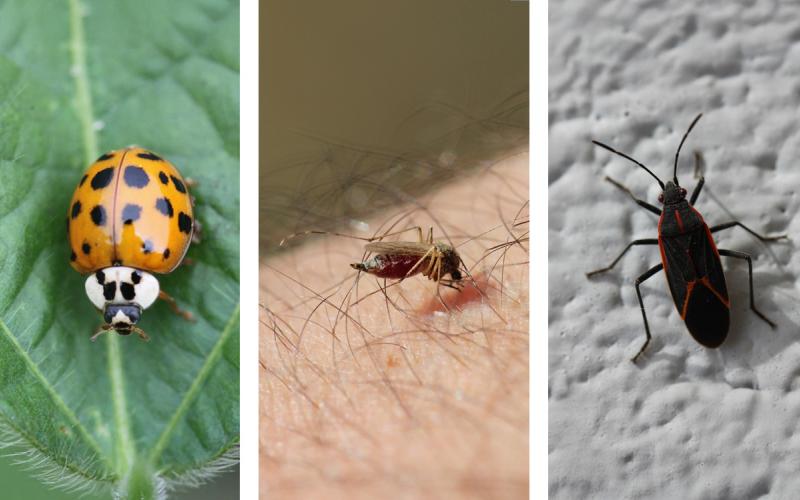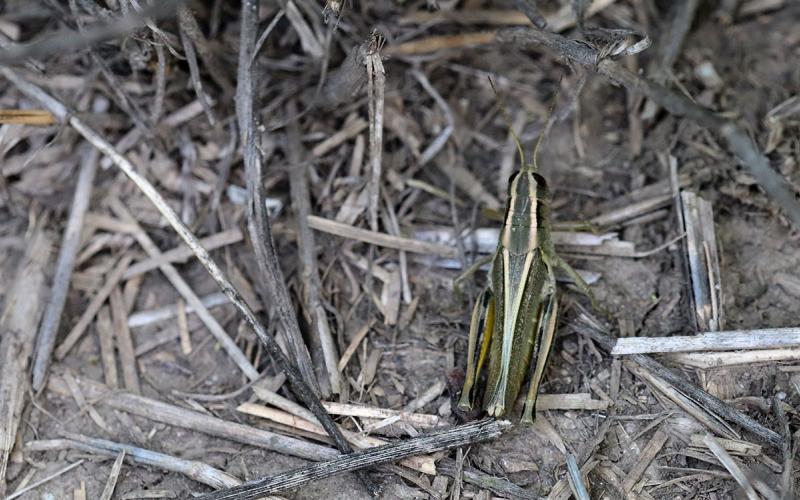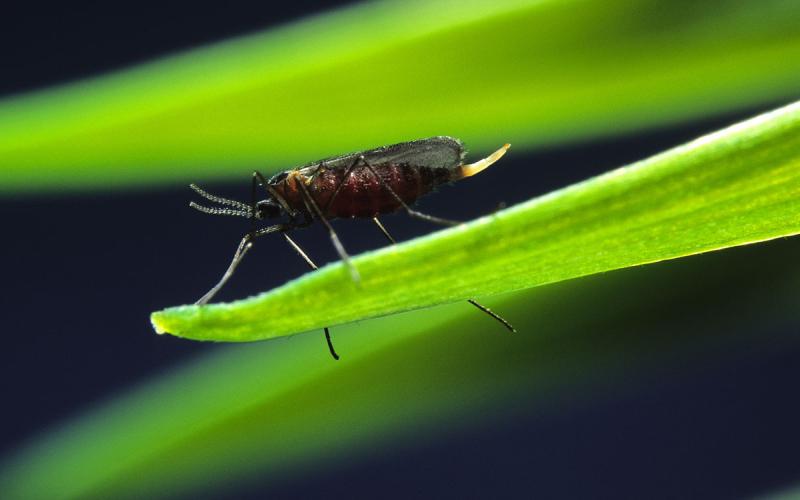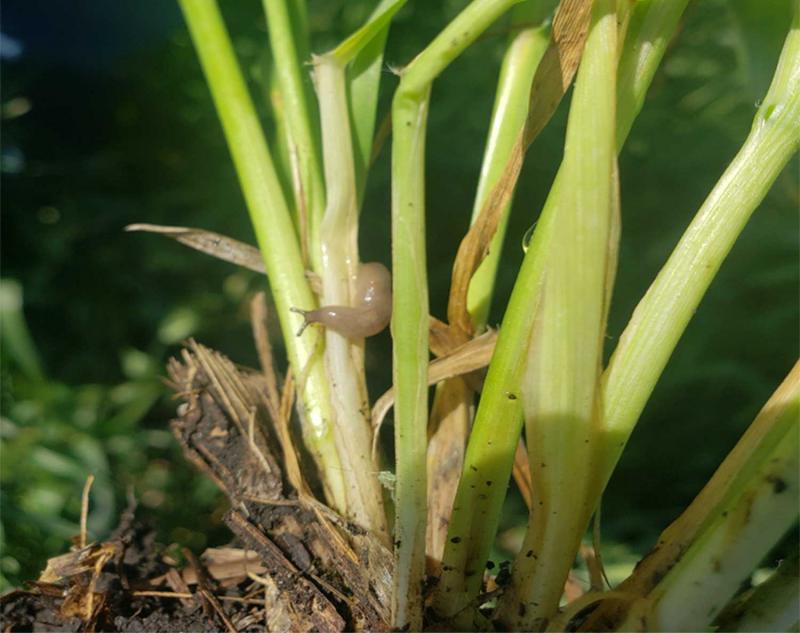
Slug activity in wheat fields has been reported in South Dakota (Figure 1). Although slugs are not normally an issue in South Dakota crops, they can pose a threat when field conditions are just right. Slugs thrive in cool, wet conditions and in the presence of crop residues. They hide under the crop residue or soil during the day to avoid drying out.
Slugs are typically more of an issue in the spring when the cool and wet environmental conditions favor slug activity and slow down crop growth. Such conditions can allow slugs to cause severe injury to the crops. However, we are seeing this issue much later than normal.
The most likely explanation for these observations is the wet conditions in the fields coupled with high residue present in no-till systems. Slugs feed on many different plants including corn and soybean. Slugs feed by scraping the surface of the plant, which leaves a somewhat ragged appearance on older plants (Figure 2).
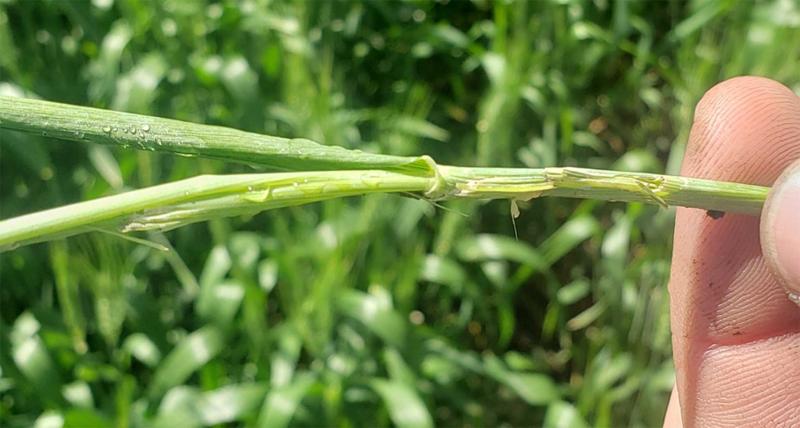
At this point, the slugs are causing some injury to the leaves, but more importantly they are feeding and destroying stems, which results in lodging. The feeding injury is rarely extensive enough to justify management. This is especially true as most of the products that are labeled for slug management are cost-prohibitive for most row crops. There is some evidence from researchers at Penn State that spraying crops with a 30% urea-based nitrogen solution mixed with equal parts water at a rate of 20 gallons per acre at night can be effective. The nitrogen solution acts as a contact poison to the slugs and can reduce their populations. However, it is noted that this approach must be repeated a few nights in a row as it provides no residual activity.
